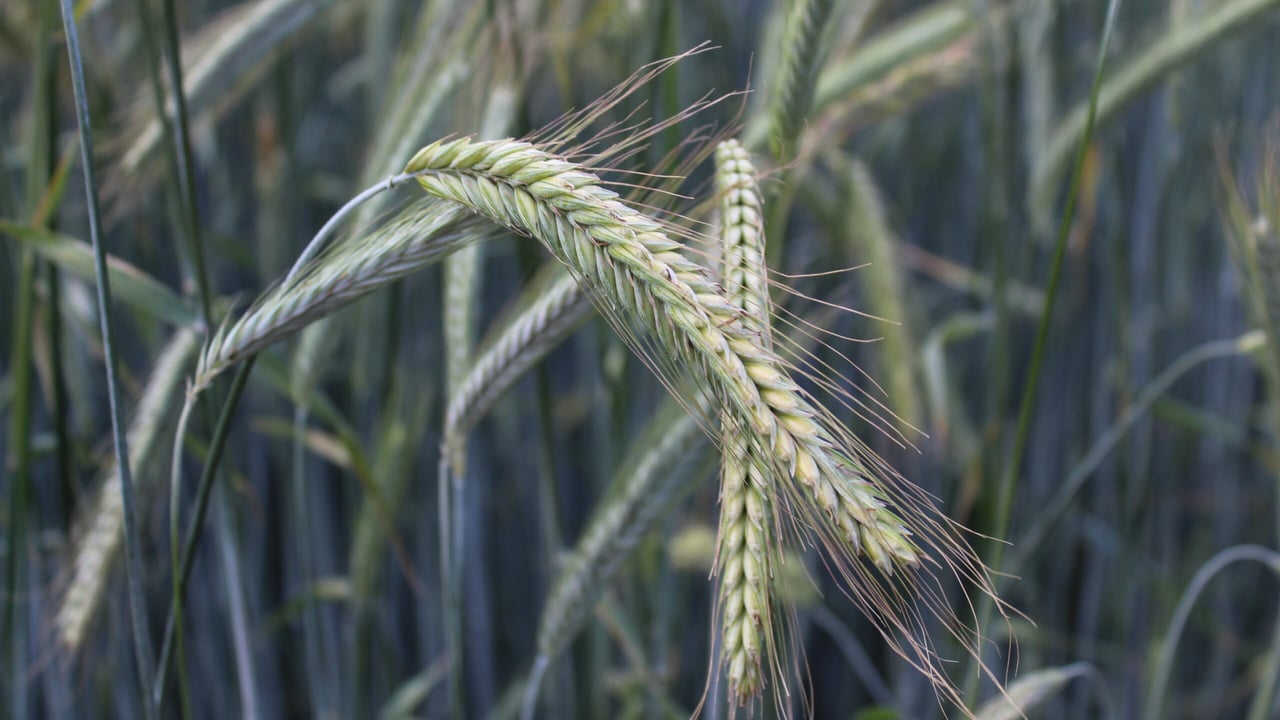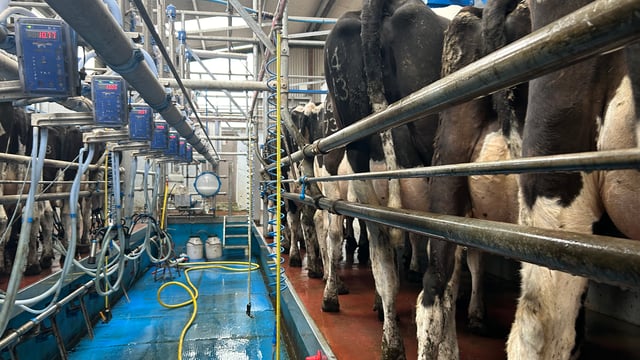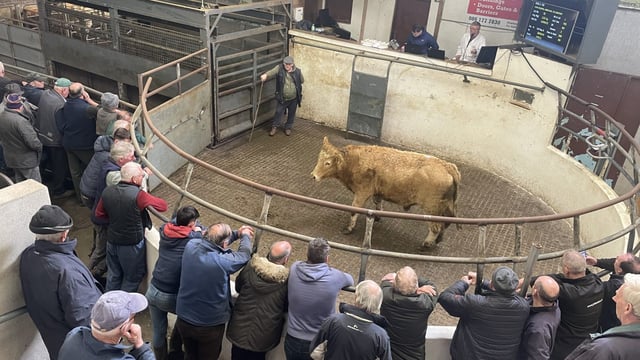Tillage: Checking harvested grains for ergot
Given the dry growing conditions up to now in 2025, ergot should not be that big an issue in grains harvested over recent days.
However, it may raise its head as the spring cereal harvest gets underway over the coming weeks.
Although the disease has relatively little impact on cereal yields, ergots are associated with large amounts of toxic alkaloids (mycotoxins).
With limited information on varietal resistance and fungicide efficacy, control relies heavily on other methods that disrupt the pathogen’s life cycle.
According to the Agricultural and Horticultural development Board (AHDB), the ergot-causing pathogen has capitalised on changes to farming systems that favour its life cycle.
These include the greater use of reduced tillage practices and higher grass-weed pressures.
In the past, the growing of rye crops would have been synonymous with an ergot-related challenge. However, this scenario is changing fast.
Rye is a cross pollinator, unlike wheat and barley, which are self-pollinators.
As a result, rye had issues with ergot in the past. However, modern breeding techniques have reduced this risk by minimising the time taken for fertilisation to occur.
The removal of ergot sclerotia can significantly reduce alkaloids in a grain sample, but it will not eliminate them.
Alkaloids, especially from broken ergots, can potentially transfer to ‘clean’ grain during processing, loading, and transportation.
In addition, the relatively small and fragile ergot sclerotia from grass species are a particular challenge.
There are several ways to remove ergot from grain, with colour or gravity separation the most effective.
In colour separation systems, grain is dropped down a chute, with digital cameras recognising defects (not just ergot) and compressed air deflecting unwanted material into a waste-collection area.
The cameras assess both size and colour, providing an efficient double-evaluation, with very little waste (as little as one tenth of gravity separators).
However, with high equipment costs and reduced flow-capacity during processing, it has slowed its uptake.
Modified gravity separation grades components in a grain sample by specific weight of products.
It can handle very slight differences in size and/or weight that cannot be separated by screening (width), aspiration (weight), or indented cylinders (length).
Aided by an airstream, ergot sclerotia (with lower specific gravity than the grain) are removed.
As ergot comes in many sizes and shapes, it is difficult to remove ergot sclerotia mechanically.
However, as grass-weed sclerotia are much smaller and thinner than cereal grains, it is possible to use a standard sieve cleaner to extract them (which sorts according to size and density) in some situations.





